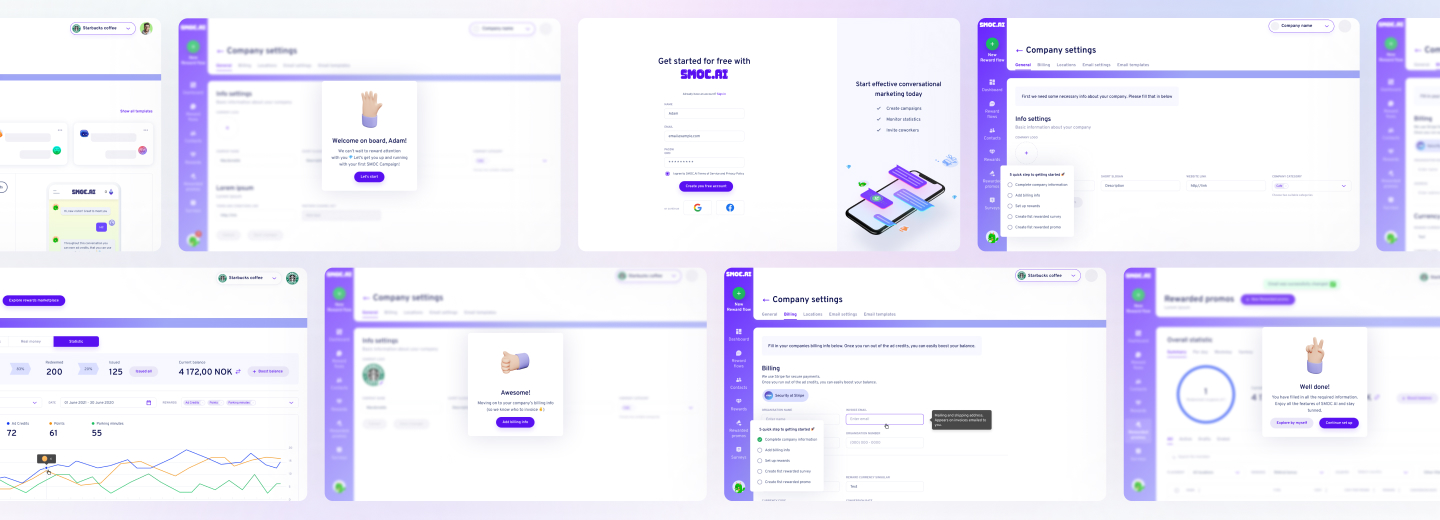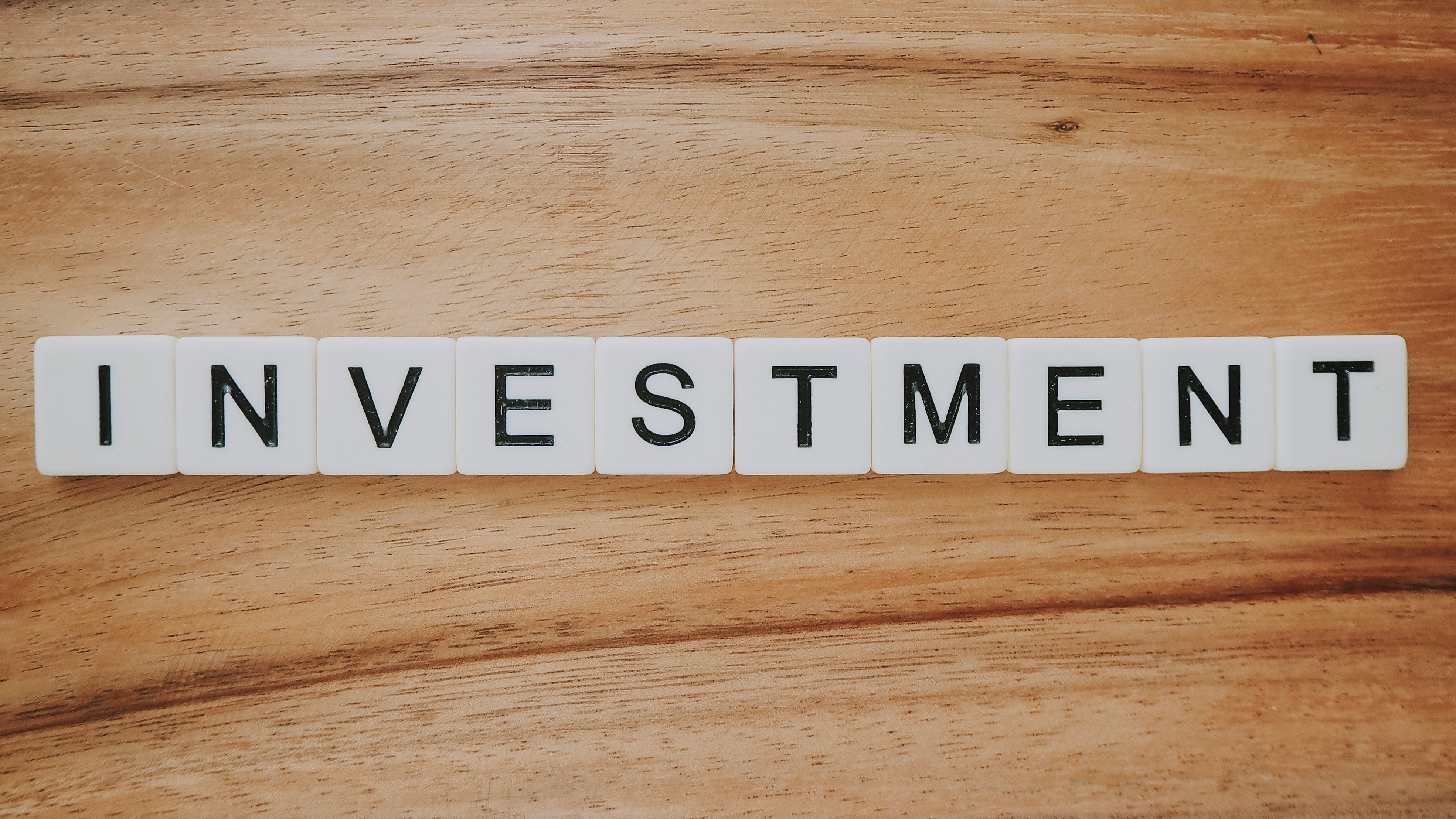Startup founders often find themselves focused on their product vision, pouring countless hours and resources into building what they Starting a business is exciting, but before you invest time and money into your idea, you need to make sure it has real potential. Many entrepreneurs build products they think customers need which later proves there is no real demand. The process of validating your startup idea stands as an essential first step because it allows you to examine assumptions while collecting feedback and making improvements to your concept before dedicated investment.
The validation process has transformed into an efficient data-driven approach thanks to evolving market trends together with AI-driven tools and shifting consumer behaviors during 2025.
Our step-by-step guide on how to validate startup idea can help reduce risks and boost your startup’s potential for success. These strategies enable you to decide whether your business concept is viable for launch as a tech product, a service-based business, or an e-commerce venture.
Let’s dive in.
what’s in the article
- What is Startup Idea Validation?
- Risks of Skipping Idea Validation
- Methods for Startup Idea Validation
- Steps to Validate Startup Idea
- Conclusion
What is Startup Idea Validation?
Startup idea validation is the process of testing and proving whether your business concept has real market potential. You need to collect data along with research and customer feedback to verify your concept addresses real market needs. Through validation processes, entrepreneurs can make decisions based on specific data about market needs, competitive landscape, and operational possibilities.
The year 2025 has brought startup validation methods past the boundaries of standard surveys and interviews. Entrepreneurs utilize AI-powered market analysis combined with real-time consumer insights together and digital prototyping tools to validate startup idea at a higher speed. Business validation at an early stage helps you maximize your startup success rate while reducing operational costs and development time.
Risks of Skipping Idea Validation
Skipping idea validation can be a costly mistake that leads to wasted resources and failure. Here are some key risks of bypassing this critical step:
- Putting funds and time into a product or service without customer confirmation results in investments in the wrong idea.
- Poor product-market fit will result in the creation of products that your target audience doesn’t need.
- A lack of market demand during business development results in wasted time and business resources.
- A failure to conduct market research can lead to entering a competitive market space where your products lack a unique value proposition.
The early idea validation process protects your startup from potential risks which leads to better launch success. Real market data will replace guessing to back up your business decisions.

Looking to Build an MVP without worries about strategy planning?
EVNE Developers is a dedicated software development team with a product mindset.
We’ll be happy to help you turn your idea into life and successfully monetize it.
Methods for Startup Idea Validation
A startup idea requires real-world testing. In 2025 entrepreneurs can use multiple advanced data-centered methods for testing market demand while obtaining customer feedback to improve their startup concepts. Take a look at some of the most common and effective ways to validate an idea.
Interviews with Target Customers
Direct validation of your idea emerges from direct interaction with potential customers. Structured interviews enable you to discover customer pain points, specific needs, and payment willingness for solutions matching your offering. Interviews provide better access to deep insights and additional follow-up questions, making them excellent for collecting qualitative data.
When conducting customer interviews:
- Focus on open-ended questions to discover real problems during your interviews.
- Avoid questions that could shape participant answers toward specific outcomes.
- Look for patterns in feedback to identify common themes.
Crowdfunding Campaigns
Crowdfunding is not just a way to raise funds, but it’s also a powerful validation tool at the same time. The willingness of people to invest funds in your idea serves as evidence that your concept meets current market needs.
Advantages of crowdfunding for validation:
- Your project achieves validation because numerous backers participate in the crowdfunding initiative.
- Your supporters can provide insights to improve your offering and enhance your product.
- The risk reduction process occurs through your ability to secure funding before committing large resources.
Pre-Orders
Offering pre-orders is a smart way to determine market interest before entering full-scale production. The payment behavior of customers during your pre-launch indicates your concept has significant potential. Your development process can receive early funding through pre-orders with minimal development-related risks.
Tips for successful pre-order validation:
- Users need an uncomplicated entrance page that demonstrates a strong value offer.
- Special early discounts combined with unique benefits will encourage potential customers to use your product ahead of time.
- The measurement of real interest depends on tracking conversion statistics.
Pre-Orders
A beta or pilot launch allows you to validate your startup idea before carrying out a general deployment. Amidst an invite-only experience, limited free trials, or invite-only experience – beta programs enable users to evaluate your product while providing essential feedback for product development.
Key benefits of pilot programs:
- Your product benefits from testing how its users interact in real environments.
- You can identify software problems before releasing new features on a bigger scale through early problem detection methods.
- With proper customer engagement, you can build relationships with early adopters.

Proving the Concept for FinTech Startup with a Smart Algorithm for Detecting Subscriptions

Scaling from Prototype into a User-Friendly and Conversational Marketing Platform
Steps to Validate Startup Idea
Following a structured approach makes sure your business serves real market needs instead of hypothetical concepts. Below are the essential steps to validate your business idea and increase your chances of success.
Market Research
Market understanding represents the fundamental starting point when you begin validation processes. Through market research, you can learn about the competition in the market and also confirm customer interest in your products or services.
Key aspects of market research:
- Check upcoming market directions to discover if your idea matches existing customer requirements.
- Your market research must include both primary competitors alongside secondary ones to understand what makes them strong or weak.
- Customer pain points require research into universal client challenges along with traditional solutions.
Define Audience
The success of startups depends on precise target audience identification. Knowing your perfect customer profile allows you to make better decisions and offers.
To define your audience:
- Build ICP that represents your perfect customers by exploring their basic characteristics, interests, and the challenges they face.
- Your audience segmentation should follow a strategy that breaks down consumers into distinct segments according to their characteristic needs and market actions.
- Your solution needs confirmation that the audience has the problem you want to solve.
Create a Minimum Viable Product (MVP)
Build an MVP before a complete product which includes basic functionality to determine core value. Having an MVP helps validate the core value of your idea with minimal effort and cost.
Best practices for developing an MVP:
- The essential features that address the main challenge form the basis of minimal development.
- One way to reduce costs is through the prototype usage of no-code tools or basic landing page development methods.
- The sooner you launch your MVP, the faster you can gather feedback.
Test Your Idea
Once you have an MVP, it’s time to test your idea with real users. Through this testing step companies can see how their product works in the customer’s hands and check whether it delivers value.
Ways to test your idea:
- Create a simple website to evaluate visitor behavior and sign-up registration.
- Launch ad campaigns to determine user engagement through click-through conversions.
- Offer a limited release to a small group for real-world testing.
The main goal is to measure engagement, user behavior, and conversion rates to determine if your idea has real potential.
Collect and Review Feedback
The final step in validation is gathering feedback from early users and analyzing the results. Feedback reveals to you your strong points of offer and shows areas for improvement.
How to collect and use feedback effectively:
- Create surveys along with interview methods to gather feedback regarding their overall experience and encounter problems.
- The analytics of usage data reveals retention patterns alongside customer satisfaction metrics and engagement activity levels.
- Use insights to refine your product and solve pain points.

Need Checking What Your Product Market is Able to Offer?
EVNE Developers is a dedicated software development team with a product mindset.
We’ll be happy to help you turn your idea into life and successfully monetize it.
Conclusion
Starting a successful business in 2025 requires validating a business idea. Entrepreneurs gain access to advanced assessment tools that enable real-time customer opinion because they allow them to run efficient tests before large investments. By conducting market research, defining your target audience, building an MVP, and gathering feedback, you can make data-driven decisions that reduce risk and improve your chances of success.
Skipping validation will result in wasted time, money, and resources, while a well-tested idea ensures real market demand. Adapt your idea constantly because product-market fit depends on early feedback and repeated improvements until you reach the perfect solution. A validated idea isn’t just a good idea – it’s a business built to last.
The time it takes to identify products depends on the type of project, but it typically takes from a few weeks to several months. The aim is to gather enough information and insights without delaying development unnecessarily.
Primary target groups involve product owners, designers, developers, and user experience researchers. Functional team elimination ensures diverse viewpoints and a well-rounded approach for a comprehensive discovery process.
Yes, the product discovery can be handed over to other competent agencies or consultants in the market. However, it’s important to remain in contact with your internal team to make sure that the whole project meets your business and user objectives.

About author
Roman Bondarenko is the CEO of EVNE Developers. He is an expert in software development and technological entrepreneurship and has 10+years of experience in digital transformation consulting in Healthcare, FinTech, Supply Chain and Logistics.
Author | CEO EVNE Developers


















